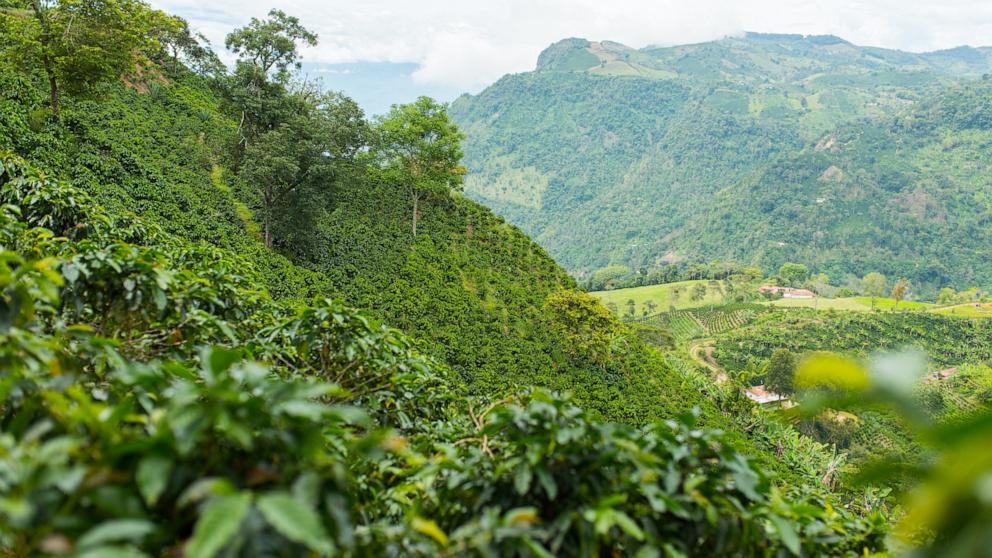


Coffee -- the caffeine-laden seed inside a cherry that's more commonly referred to as a bean -- can be a finicky fruit, especially when poor climate impacts growing conditions, causing lower yields globally and ultimately driving up the cost of a fresh cup of Joe.
In August, the International Coffee Organization reported that the ICO Composite Indicator Price -- a reference price for the global coffee industry -- of green coffee averaged 238.92 cents or around $2.39 per pound, a 47-year high, over the past two consecutive months.
American consumers have felt the pinch paying at cafes and coffee shops nationwide as the beloved brewed beverage has become increasingly more expensive in recent months, largely due to back-to-back periods of steep decline from top coffee growing regions.
The U.S. is the world's second-largest importer of coffee beans, according to the U.S. Department of Agriculture's Foreign Agriculture Service. This is driven by American adults' two-decade high demand for it, drinking an average of nearly 465 million cups of coffee every day, according to the National Coffee Association, a market research, consumer information and lobbying group for the coffee industry.
According to the USDA's latest coffee markets trade report, growers in Colombia, the world's third-largest producer behind Brazil and Vietnam, had back-to-back annual decline due to extreme weather and saw reduced output as a result amid rising consumption.
Over the last three years, excessive rainfall, frost, drought and fires hampered production in the three key markets, according to USDA data.
Marco Meier, owner of Amano Café in New York City, told "Good Morning America" that "supply chain disruptions have driven up the cost of everything from beans -- up 60% since 2021 -- to paper cups. Add in rising labor costs and shipping expenses, and it's a challenge to stay competitive."
He said that while "rising coffee prices are a complex issue" due to growing global demand and "climate change disrupting coffee production," he's also seen increases in costs of milk and plant-based alternatives.
"Despite these challenges, Amano remains committed to providing exceptional coffee at a consistent price, thanks to our direct relationships with farmers and roasters," he said of their particular business model, which includes working with top-tier roasters to ensure fresh, highest-quality beans so as not to pass additional costs onto customers.
The agency did report some signs of hope for 2025 as production recovers and supply catches up to demand.
World coffee production next year is "forecast to rebound 7.1 million bags from the previous year to 176.2 million, due primarily to continued recovery in Brazil and rebounding output in Indonesia," the USDA report stated. Increased global supply and exports are expected to help increase shipments to 25.8 million bags over the next year.
The ICO also reported that exports of green beans, aka unroasted coffee beans, "were up 3.3% to 3.71 million bags in July 2024" compared to the same time last year, which marks "the first instance of positive growth following two consecutive months of negative growth."
The "relatively shallow positive growth" came as a result of increased production in both Brazil and Uganda. But the ICO reported Vietnam, which is the world's largest exporter of Robusta coffee, was still down by 29.1%.
"Vietnam continues to struggle with tightness in their domestic supply, having largely depleted their stocks while the country waits for the new crop to hit the market," the International Coffee Organization stated in its latest coffee market report.